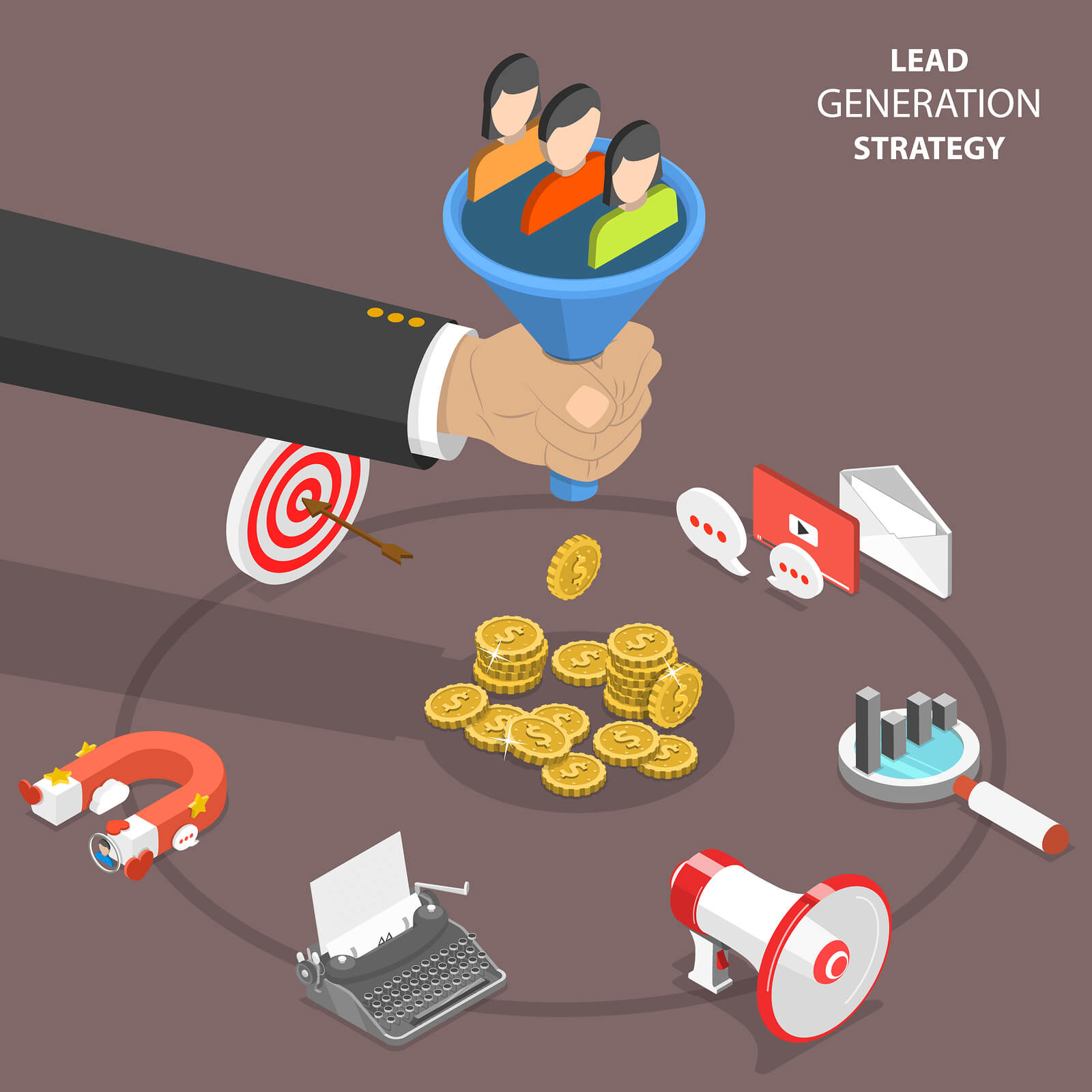
Conversion rate optimization tips: an interview with Shlomo Trachtenberg
What kind of impact would a 1% conversion rate increase have on your business?
How about 5%? Or even more?
If you want to learn how, you’ve come to the right place.
Today, we interviewed Shlomo Trachtenberg, the new Director of Experience Optimization at WebMechanix. He worked for four years at Laureate International Universities, the largest public for-profit education company.
He was in charge of conversion rate optimization (CRO) and analytics across all international accounts.
You’ll learn the following:
- the top 3 mistakes marketers make regarding CRO
- our CRO process from idea to execution
- 3 quick-win tips you must try
- optimizing for consumers versus corporations
- how you can double your leads
- what the future holds
On that note, let’s dive into these conversion rate optimization tips…
What are the top 3 CRO mistakes you see?
There are 3 common mistakes you must avoid if you want to optimize your CRO marketing strategy:
1) Rolling out ideas without testing
Many marketers conclude a change will look better based on opinion and will roll it out without testing. Often, this is not actually better for users.
For instance, some people launch a site redesign because they assume it will perform better, but conversions end up taking a nosedive.
2) Using opinions over data
Another mistake is making assumptions based on how you perceive your site rather than how your target audience perceives it. What you care about and notice on the site may be wildly different from your customers.
Conversion rate optimization best practices revolve around letting data drive your decisions. To prevent CRO ideas and analysis from getting subjective, use data.
3) Going small rather than big with testing
It’s much easier to get results with big changes.
Don’t make the mistake of testing low-impact elements first, like button colors, small copy changes, adding a video below the fold, or headlines.
Go for big, drastic changes, like re-structuring the navigation or redesigning an entire page.
Drastic tests make it easier for companies in low-traffic B2B industries to reach statistical significance. This is because drastic differences in conversions are statistically significant sooner.
Focus on high-traffic pages and make bold changes based on the data.
What’s the typical conversion rate optimization process from idea to execution?
Here’s an overview of the standard process I go through for CRO from identifying problems to executing solutions.
Starting off, ask two questions:
Where?
Discover where to start optimizing.
Where are your users dropping off? Which categories and pages are not performing well?
This is when you use quantitative data to identify problems and pages to optimize. For example, do a Google Analytics deep dive, analyze high traffic and high exit-intent pages, and look at browser reports.
Why?
Discover why users had frustration with the identified pages.
This is when you use qualitative data to identify problems. This includes using heat mapping, usertesting.com, UX testing, polls, surveys, and live chat transcripts.
Identify recurring themes. Look for:
- User confusion
- Real user problems
- People complaining they can’t get to a certain page
Don’t just look at one data point. Look at the larger picture.
Each question will give you half of the formula. You need both to succeed.
To do your research without destroying user experience, use non-invasive techniques. Create polls that remain visible 2 to 3 seconds shorter than the average time on a page.
Test and solve
Now that you have identified the problems and pages that need improvement, it’s time to solve them.
This is when we come up with a hypothesis and use A/B tests to prove if it’s true.
Design the creative and copy. Remember to test in a drastic way. Prioritize by the level of effort.
Then, make sure you get approval and send it off to your development team to launch.
What are the top 3 CRO quick wins we should try?
If you want to see noticeable results quickly, I recommend these three conversion rate optimization tips:
1) Use the 5-second test
After just 5 seconds on your homepage, can a new user identify what your company does, why you do it better than anyone else, and why it’s for them?
Simply put, make sure your homepage conveys a clear value proposition.
2) Add real-time validation to forms
You know those green check marks that show up right after you fill out a form field? That’s real-time validation.
Users tend to fill out more forms when this is in place.
3) Have ad-copy to landing page congruence
Make sure you match the message of your ad as much as you can with the messaging and imagery of the landing page. If you do, you’re going to get better conversion rates.
What are the big differences between optimizing in the B2B versus B2C industries?
There are important differences between business-to-business and business-to-consumer sectors.
CRO tends to be focused on B2B landing pages. This is because the typical customer journey involves users searching for a solution and discovering a landing page to opt-in.
In B2C, especially E-commerce, CRO is more about optimizing the whole journey. Users will navigate from the homepage to category page to product page.
Thus, B2C requires more research and more of a full-site optimization. That being said, there are many exceptions where B2B also has a large “research” phase prior to converting. One example is the education industry.
If a company is willing to be patient and put in the work, what B2B lead generation best practices can be used to double leads?
If you’re a B2B company is willing wait a year or more for long-term success, there’s one secret of B2B lead generation best practices that will help you get there:
Get to know your customers well.
The better you know your customers, the more you can tailor your prospect and customer experience. The more you know about your segments, the more you can personalize messaging.
That’s where the industry is going. People want to know specifically how a solution will help them based on who they are and their unique situation.
What’s the future of CRO? What will it look like five years from now?
In the future, a successful company’s conversion rate optimization strategy will have more personalization.
The successful will:
- Understand their segments and be able to identify them.
- Create a scalable personalization system.
- Tie everything directly to conversion.
This goes beyond having a one-off wizard quiz. It’s about personalizing the entire site experience.
And always remember:
Until it’s tested, it’s only a hypothesis.
Interested in learning more conversion rate optimization tips? Get our free E-Book on creating an optimized landing page.
What’s your biggest struggle when it comes to B2B CRO? Let us know in the comments below and we’ll try to help out for free.
Read about how to improve B2B branding
View all posts filed under “Conversion Optimization.”
Most newsletters suck...
So while we technically have to call this a daily newsletter so people know what it is, it's anything but.
You won't find any 'industry standards' or 'guru best practices' here - only the real stuff that actually moves the needle.






